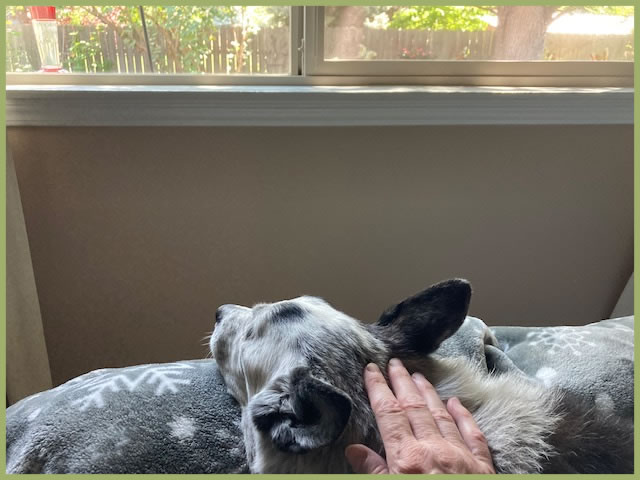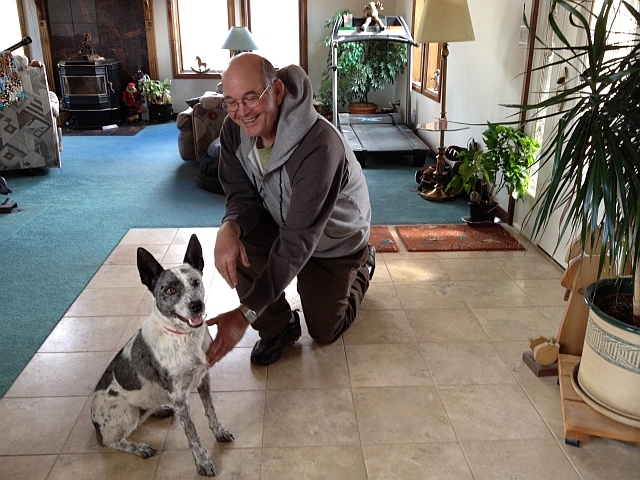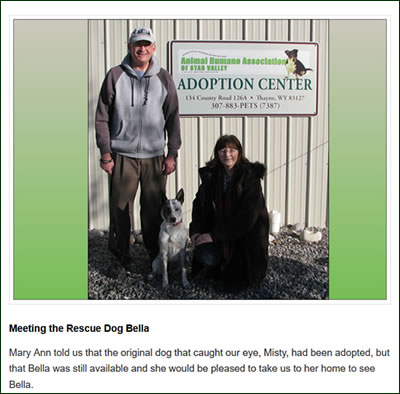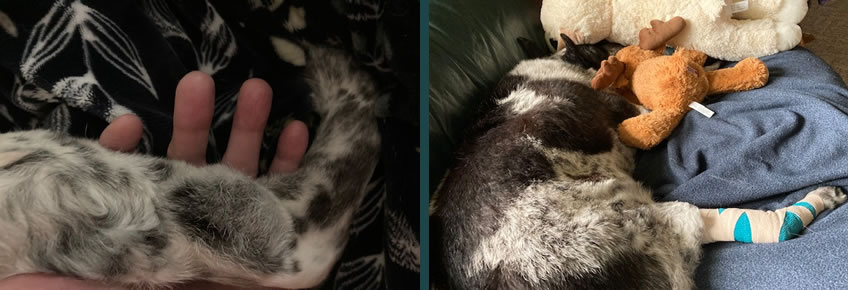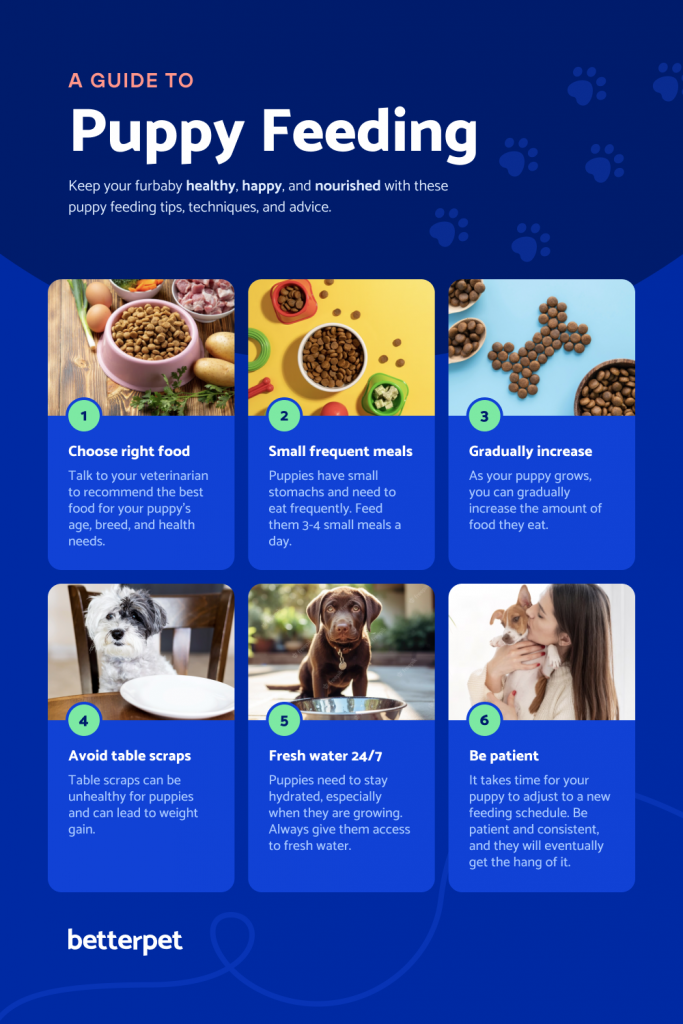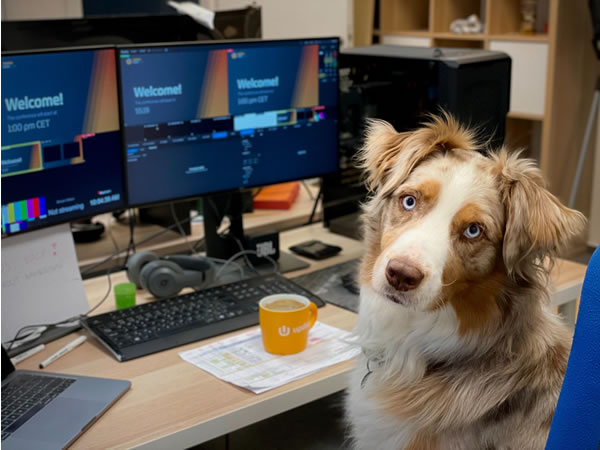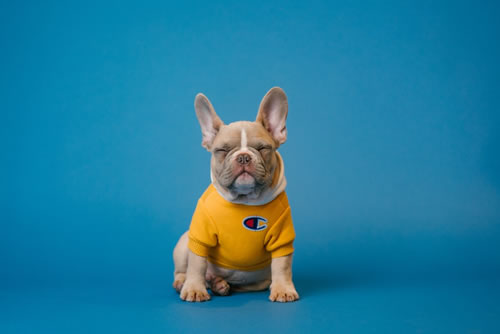With the help of Gemini, Blue Belle shares her story.
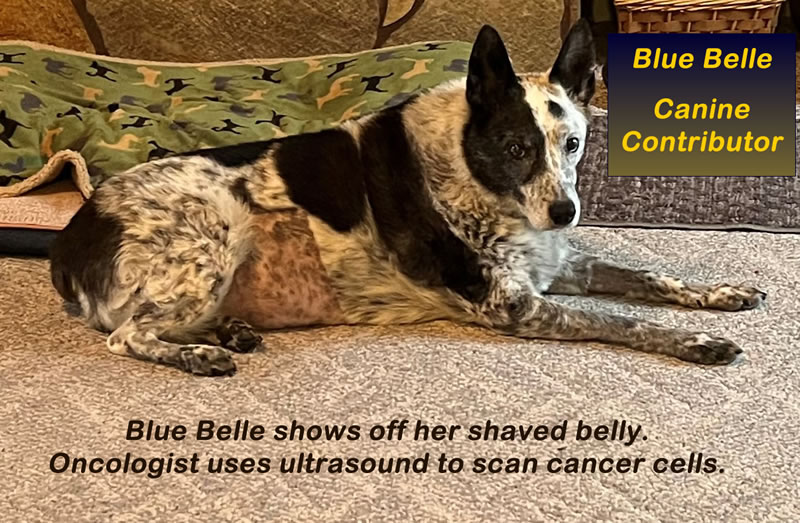
My Little Bump: A Dog’s Take on My Mast Cell Tumor
Hey there, fellow humans and doggos! It’s me, Blue Belle, your favorite four-legged philosopher and Canine Contributor. Today, I wanted to chat about something that’s been a part of my life for a while now: my little bump.
It started a while ago, just a tiny little thing on my back leg. At first, I didn’t even notice it. I was too busy chasing squirrels (they never see it coming!), getting belly rubs, and napping in sunbeams. My humans, though, they noticed everything. Their fingers started exploring, and their faces got that crinkly, worried look they sometimes get.
Then came the vet visits. Oh, the vet! Not my favorite place, to be honest. All those strange smells, the cold examination table, and the poking and prodding. But my humans were there, holding my paw (or, you know, my head), telling me I was a good girl, so I tried to be brave.
They called it a “mast cell tumor.” Sounds like a fancy dog biscuit, right? But apparently, it’s not. It’s some kind of a “C-word” that makes my humans look extra sad sometimes. From what I can gather, it means there are some cancer cells in my body that are just a little too excited, causing this bump to grow. So, the vet made me go into a deep sleep, cut out the bump, and then I had to visit a specialist. My oncologist vet, Dr. Hume, is extra nice to me. I really like her. My humans say she saved my life because I got really sick and had to stay over night in their hospital for several days. Dr. Hume and my humans didn’t give up on me. I survived to tell this story.
Continue reading
